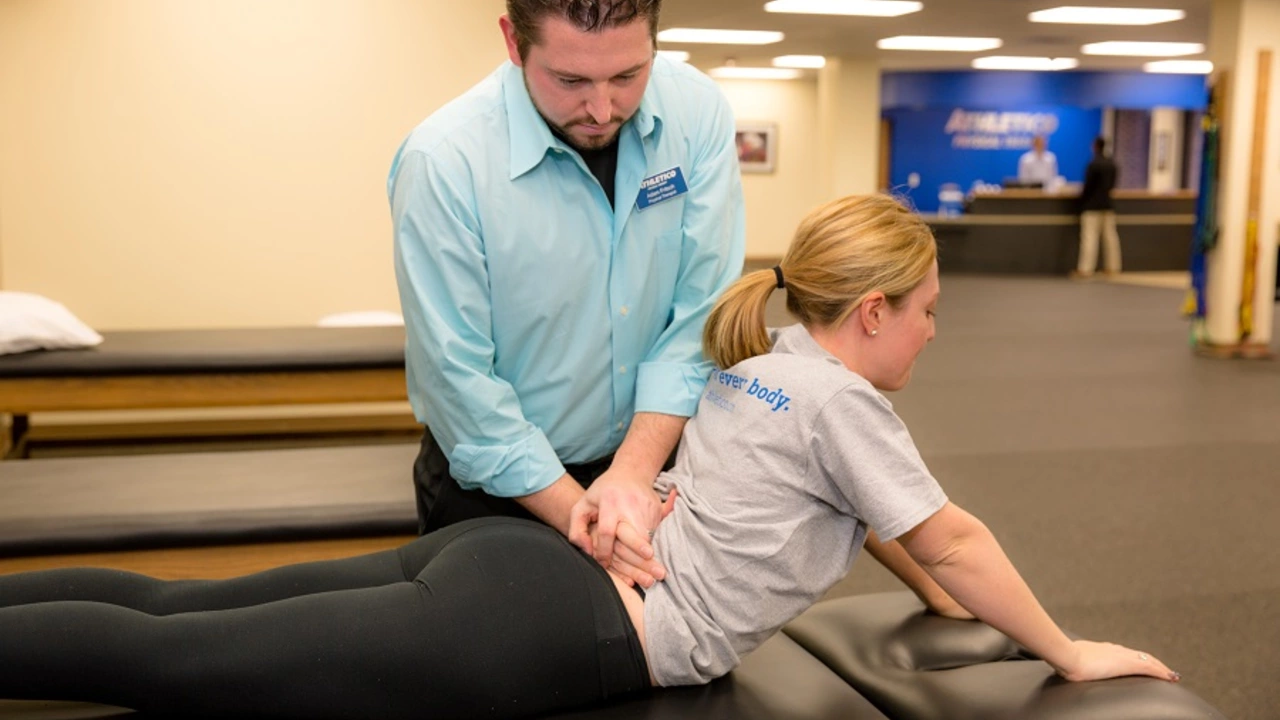Physiotherapy for Poor Muscle Control — August 2023 Archive
Having trouble moving a limb the way you want? The August 2023 post on PharmRx-1 focuses on how physiotherapy helps with poor muscle control and gives real, usable steps you can try at home. Poor muscle control shows up as weakness, jerky movement, or trouble coordinating an arm or leg. Physiotherapy targets the root: retraining the brain-muscle connection and building reliable strength.
What causes poor muscle control? Nerve damage after injury, a stroke, long bed rest, or certain neurologic conditions can change how your muscles fire. Scar tissue and pain also make the brain avoid using a muscle, which weakens coordination over time. A physiotherapist looks at how you move, pins down the limiting patterns, and builds a plan with clear goals.
How does physiotherapy help? First, it breaks down movement into small, repeatable steps so your nervous system can relearn the pattern. Second, it uses targeted exercises and hands-on guidance to improve timing and strength. Third, therapists add practical tasks — like getting out of a chair or gripping a cup — so improvements transfer to daily life. Progress is usually steady: short sessions build consistency and home practice speeds results.
Quick exercises you can try
Here are simple, safe exercises a therapist often recommends. Do them slowly and stop if something hurts.
1) Controlled weight shifts: Stand near a chair and shift your weight from one foot to the other. Focus on smooth transition and even balance. This trains coordination and ankle control.
2) Slow reaches: Sit and reach for a cup on the table, move the arm slowly and return. Repeat 8–12 times. The slow pace helps timing between muscles.
3) Heel slides: Lie on your back and slide one heel toward your buttocks, then slide it back. Keep movement steady to improve knee and hip control.
4) Finger-to-thumb taps: Tap each fingertip to your thumb in sequence, then reverse. This sharpens fine motor control in the hand.
These are starters — a therapist will change difficulty and add resistance as you improve.
When to see a physiotherapist
See a physiotherapist when movement problems limit daily tasks, cause frequent falls, or don’t improve after a week of self-care. If a stroke, new numbness, or sudden weakness appears, seek evaluation right away. A therapist assesses strength, balance, joint motion, and movement patterns, then sets short, measurable goals—like standing from a chair without using hands.
The August 2023 article on PharmRx-1 walks through the role of physiotherapy in plain terms and gives practical next steps. If you want clear exercises, realistic timelines, and tips to work with a therapist, check the full post. Small, consistent practice usually brings the biggest change in control and confidence.
The Role of Physiotherapy in Addressing Poor Muscle Control Issues
Hey there, pals! Just got some muscle-y info that might get you flexing those biceps in no time. So, physiotherapy, you know, that magic movey stuff, plays a huge role in tackling those stubborn muscle control issues. It's like the body's personal trainer, helping it master the art of movement control. And who doesn't want to move smoother than a well-oiled robot, right? In a nutshell, physiotherapy's got your back, and your arms, and your legs, too! So, let's get moving and grooving, folks!

